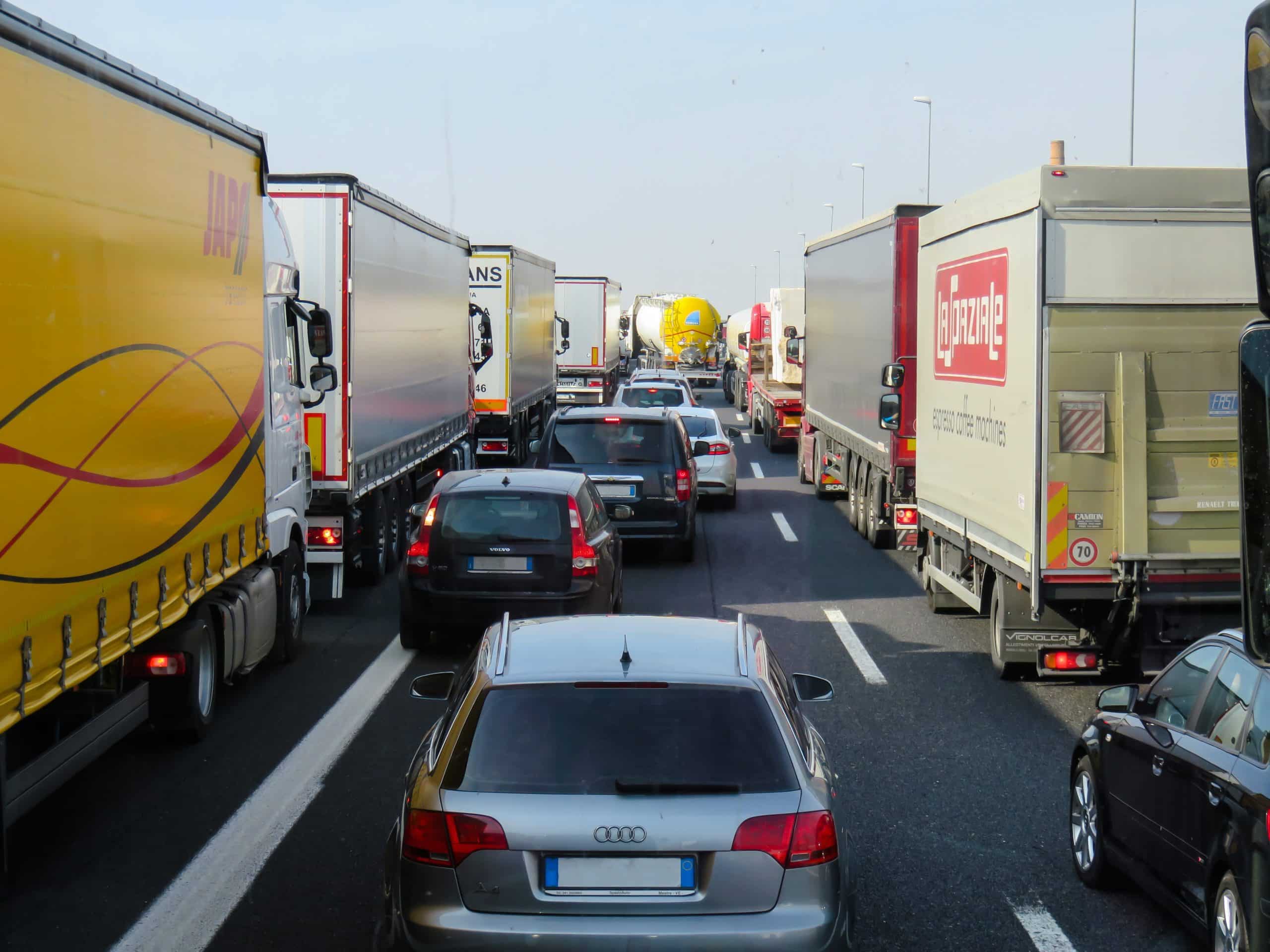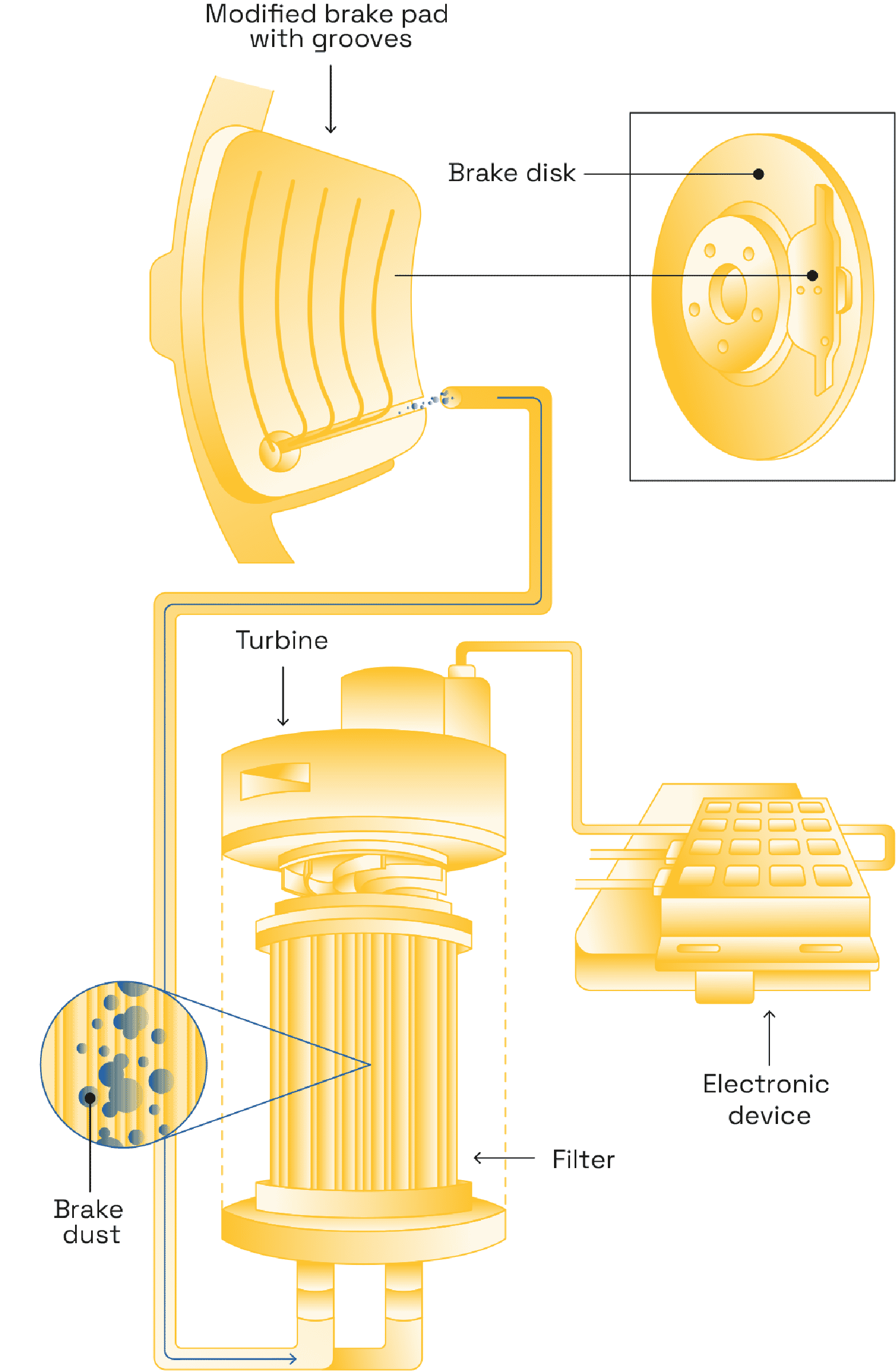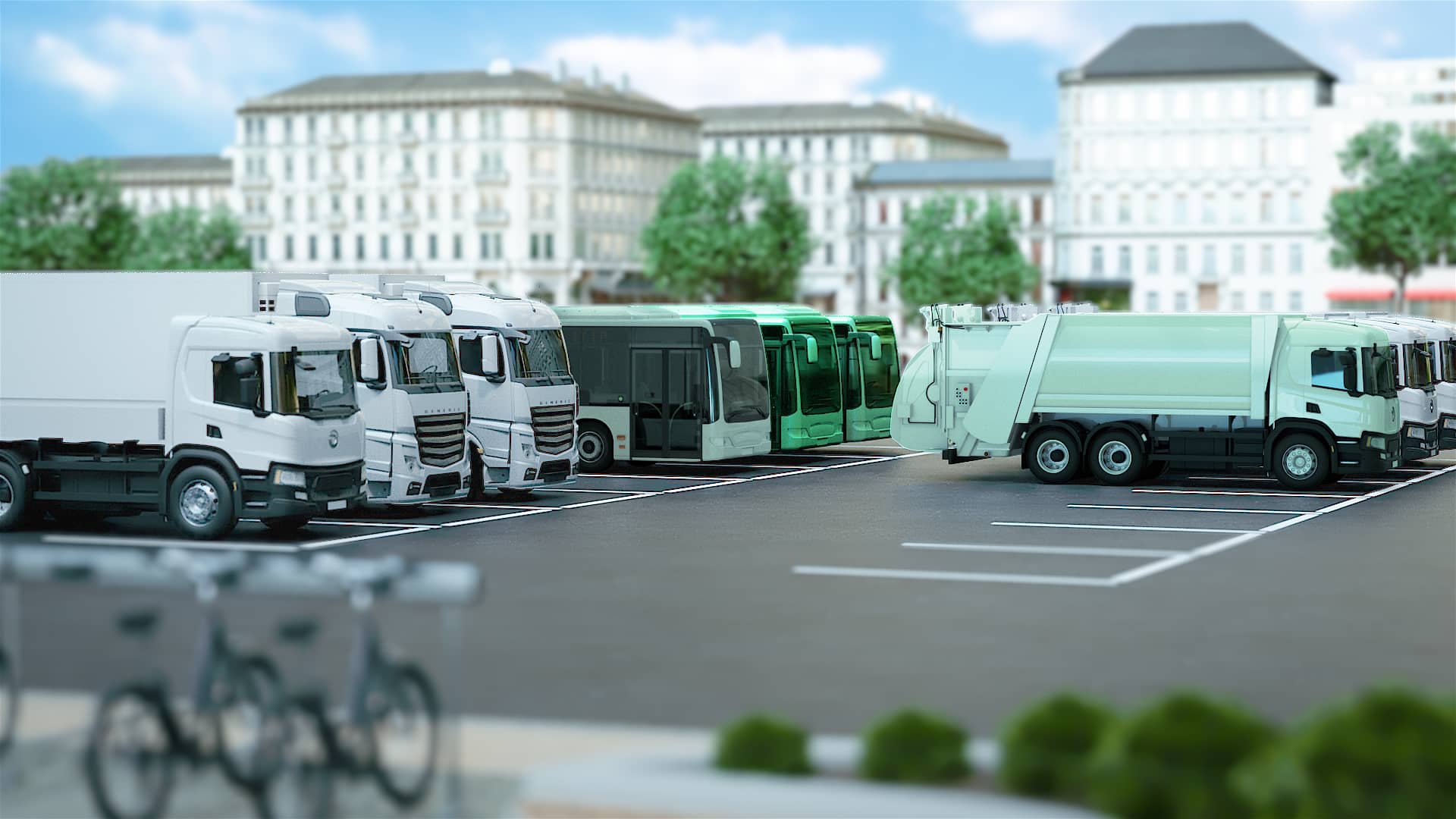The new Euro 7/VII standard drives car manufacturers to shift gear
The European anti-pollution rules for vehicles slated to come into force by 2035, aka “Euro 7/VII”, aims to clamp down harder than ever on vehicles with internal combustion engines. It’s also the first standard to go head to head on the issue of fine friction particles.


European citizens have been warned: as from 2035, in the European Union, it will no longer be possible to buy a car that emits CO2. Even though it has garnered support from EU institutions, this measure cannot possibly be the full extent of the political response to the immediate and urgent health and environmental issue of fighting against emissions from petrol- and diesel-powered vehicles. “Until 2035, approximately 100 million new vehicles fitted with internal combustion engines will arrive on the European market. They will stay on the road for an average of 14 years and will therefore add pollution to the air we breathe”, explains Dorothee Saar, Head of Transport and Air Quality at the German environmental NGO, Deutsche Umwelthilfe.


Manufacturers will have to reduce emissions
In an effort to get something done before 2035, the future Euro 7/VII standards are being negotiated within EU institutions and in November 2022, the European Commission unveiled its proposals for the text. These proposals are pending approval from the European Parliament and Council. At this stage, the proposal requires a 35% reduction in nitrogen oxide emissions (NOx) and 13% fewer particulate emissions from light vehicles from 2025. The measure has had a very mixed reception. The European automotive sector condemns the proposal, not least because it would have to make substantial investments to develop technologies that emit less pollution, at the risk of weakening the sector. Luca de Meo, CEO of Renault, has even predicted that four Renault factories will have to close when the standard comes into force. But NGOs are taking the opposite view. Environmental groups are saying that the measures are not strict enough. “While this new standard proposal was being prepared, the Commission set up a group of experts, known as CLOVE (Consortium for ultra Low Vehicle Emissions). However, the Commission’s proposal has not followed their advice. The upper limit on emissions has barely changed compared to current standards – and they were introduced 15 years ago”, explains Dorothee Saar, adding that: “This is a missed opportunity to clean up diesel vehicles especially”.


Fine friction particles regulated at last
One of the benefits of the proposed Euro 7/VII rules is that they include limits for pollutants which had not been regulated in the past, especially particulate emissions from brakes. The European Commission is proud to announce the new addition to the Euro 7/VII standards: “Euro 7 will be the first global emission standard to go beyond exhaust pipe emission regulations and set additional limits for particulate emissions from brakes and microplastics from tyres”. The rules will apply to every type of vehicle, including electric. Initially, the limit will be set at 7 mg/km for non-exhaust particles, then 3 mg/km on 1 January 2035. T
his is a welcome step forward, because a car’s braking system emits six times more particles than its exhaust pipe. But the measure can’t be truly effective unless fine brake particles can be drastically reduced by technological – and affordable – solutions, such as the TAMIC®.


More control over emissions
On top of that, to avoid fraud such as “dieselgate” and possible discrepancies between readings taken in laboratories and on the road, the standard shortens certification cycles and steps up control measures. Driving tests will now be carried out under real conditions. On-board sensors will also be mandatory to monitor emissions over time and will verify that vehicles comply with the regulation from the day they are approved until the day they exceed 200,000 km or reach 10 years of age.
“We welcome a clear and binding request to install effective emissions control”, says Dorothee Saar. On the back of this new regulation, the European Commission expects a 35% reduction in nitrogen oxide (NOx) emissions for light vehicles. As for fine particles released from exhaust pipes and those generated by braking, they should drop by 13% and 27% respectively. We’ll be back in mid-2023 with more details about the regulations.








